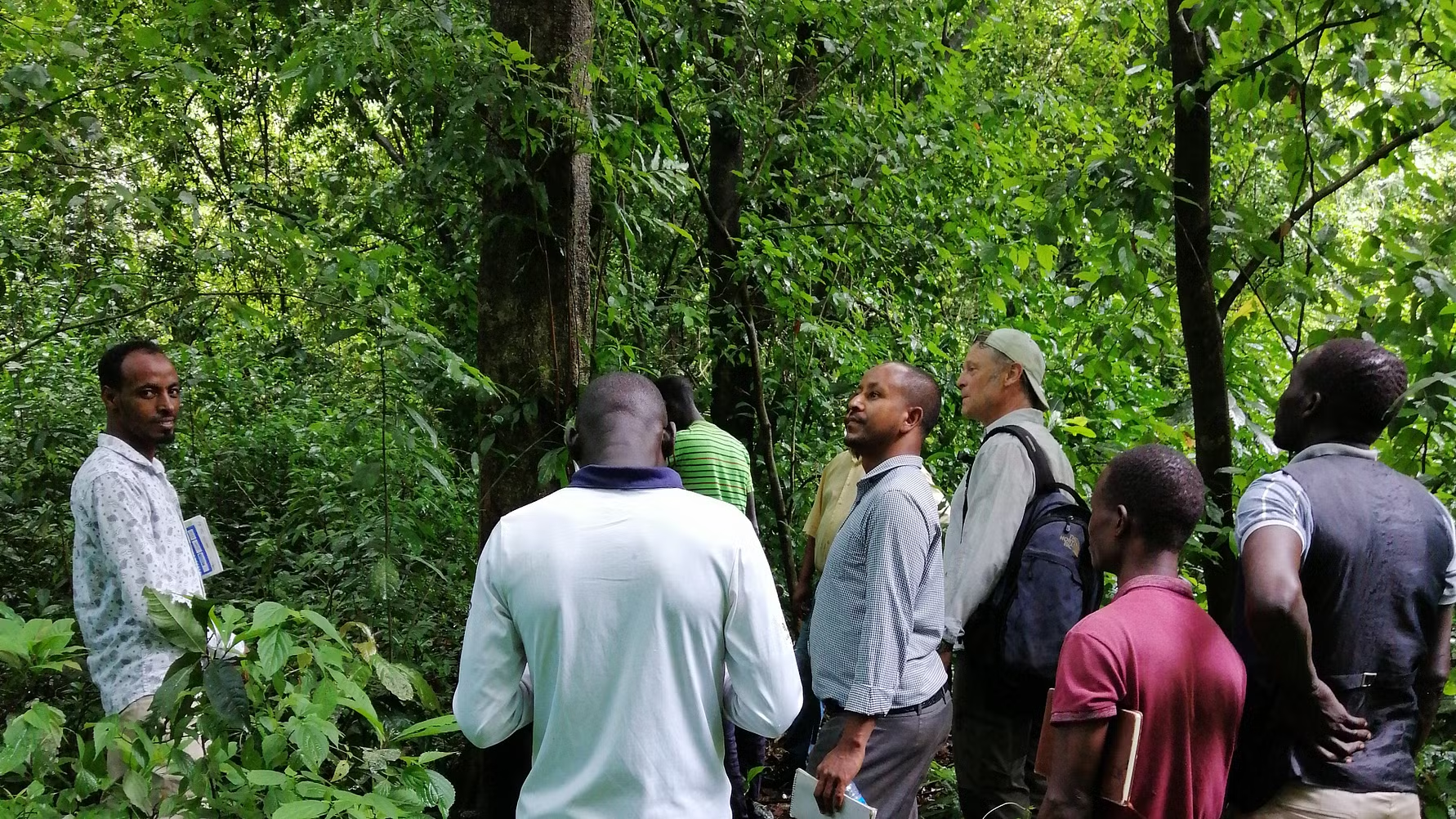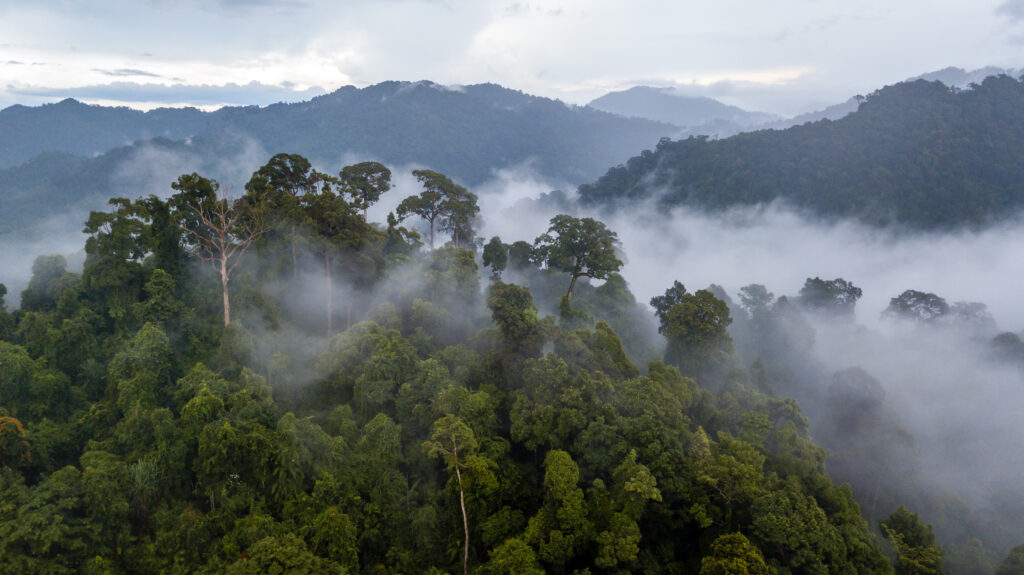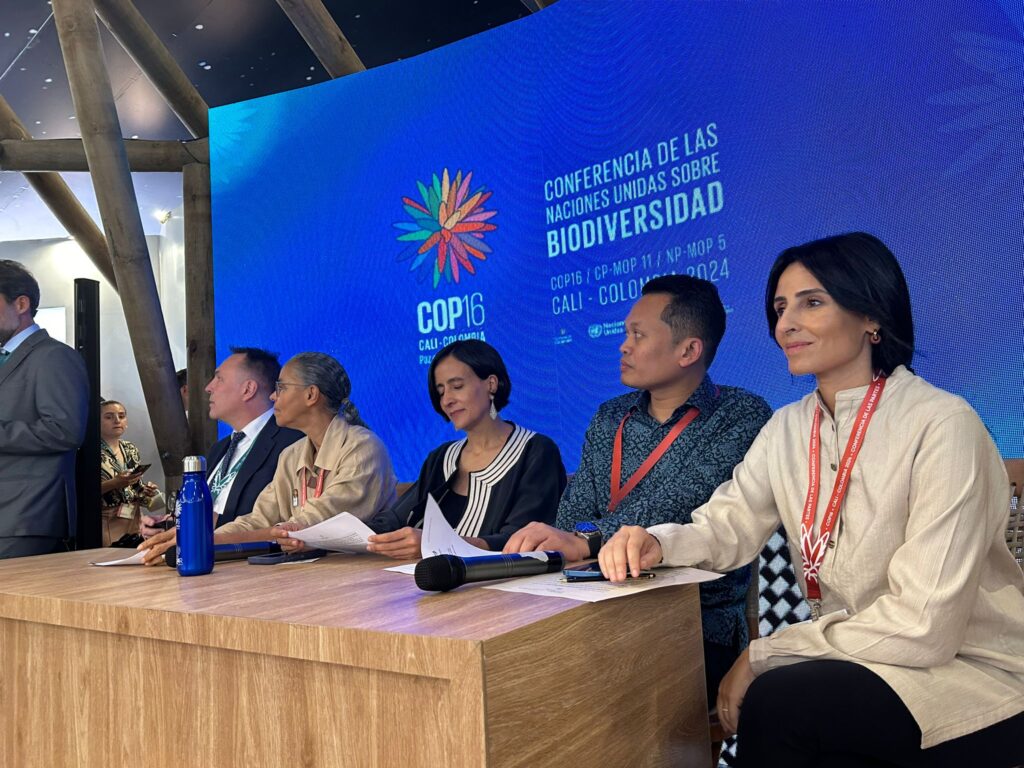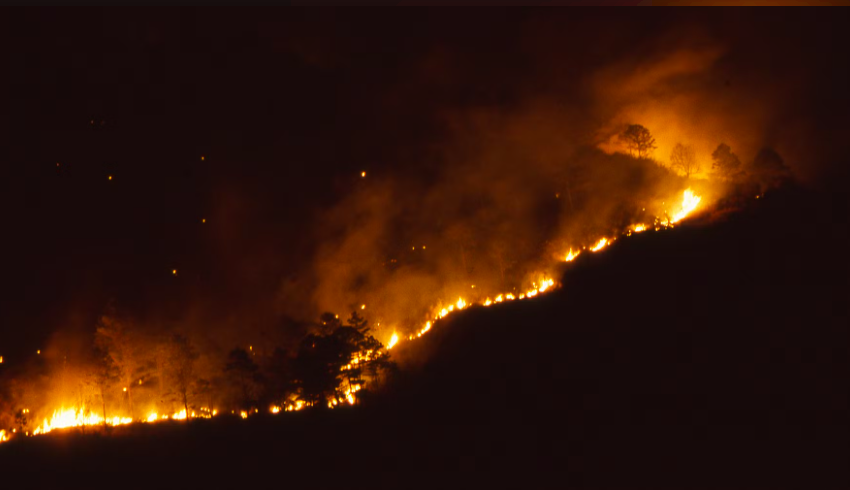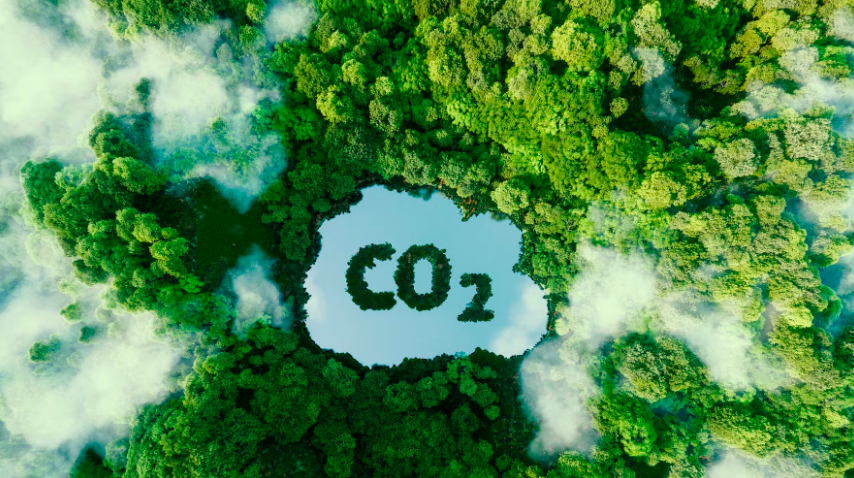In the Kafa region of southwestern Ethiopia, Forests of the World has launched a project focusing on the digital collection of forest monitoring data to help protect the area’s forests. The initiative involves local communities in a shared data collection process, thereby reducing the gap between decisions made by authorities and the people who use and care for the forests.
From the moment changes in Kafa’s forests are observed to the investigation of affected areas for illegal logging and finally to the delivery of information to decision-makers, the process is often very lengthy, with valuable time lost to bureaucratic delays. This creates complications for both those making decisions about illegal activities in the forests and those who are physically present, managing and protecting them in practice.

Learning from Latin America to Ethiopia
Jens Noe Hansen, Technical Advisor at Forests of the World, has visited Kafa to explore the possibilities of involving local forest management groups in collecting and documenting data about what happens in the forests. This effort is part of the work to monitor and protect the forests from illegal or other undesirable activities. Involving local people in forested areas and equipping them with appropriate data collection tools could significantly impact how quickly and effectively they, along with the organizations supporting them, can communicate with authorities and prompt them to respond to illegal logging.
For Forests of the World, the use of digital tools for forest monitoring is not new. In Latin America, where the organization collaborates with Indigenous peoples to monitor forests, digital data collection is well on its way to becoming an indispensable tool for tracking illegal activities. Armed with mobile phones, local communities in Kafa will similarly be able to monitor forest conditions. They can quickly notify their partners and authorities when illegal activities occur, enabling swift responses.
Forest Management Groups as Protectors
There is very little remaining primary forest in Ethiopia, making the protection of the country’s last forests a political priority. In many cases, the responsibility for managing and protecting these forests has been delegated to local forest management groups. In return, members can access certain forest resources, such as setting up beehives for honey production, collecting firewood, sourcing clean water, and gathering food.

However, there are strict rules regarding the use of forests by local communities, particularly concerning tree harvesting. Although logging can be done without compromising forest quality, authorities fear such permissions could be abused, resulting in a loss of control over the forests. Often, however, it is not the local communities cutting down the trees, but external actors seeking to use the land for commercial purposes.
“We believe that local communities, who are involved in managing and protecting the forests, should also have access to sustainably utilize timber from the forests. For instance, they could sell sustainably produced timber on a limited scale to generate income. This is essential if they are to sustain their livelihoods while continuing to protect the forests. By promoting the use of digital tools that are free and easy to use for forest monitoring, we hope to demonstrate to the authorities that locals are deeply committed to using their forests sustainably and protecting them against illegal activities. At the same time, these tools can help them utilize timber and other tree products without degrading or damaging the forests,” says Jens Noe Hansen.
Benefits for Both Forests and Communities
Jens Noe Hansen believes the project could bring many positive outcomes beyond making it easier to monitor and protect the forests. It can help equip the local population with essential digital skills, give them a better understanding of the forests they manage, and grant them greater democratic rights.
Since the project revolves around mobile technology, Jens Noe Hansen sees significant potential to engage more young people. Young people are often eager to get involved and have a natural understanding of new technology, allowing them to quickly adopt and use it to monitor and protect their forests. Moreover, they can apply the experience gained from using new technology in other areas, benefiting their future prospects.
Jens Noe Hansen also highlights that the project gives local communities the chance to take even greater responsibility for their forests. By taking on this responsibility, they also gain ownership over the forests, what happens in them now, and how they develop in the future. This means the project not only helps reduce bureaucratic delays in forest protection but also demonstrates to authorities and other skeptics that local people can manage and use forest resources sustainably. Over time, this could allow them to gain a larger share of the economic benefits generated by their forests.

Press Contact
Jonas Schmidt Hansen
Who is Forests of the World?
We work to preserve the world’s forests, both in Denmark and the world’s tropical forests.Our focus areas include sustainability, Indigenous Peoples and local engagement.
